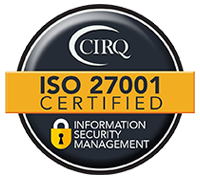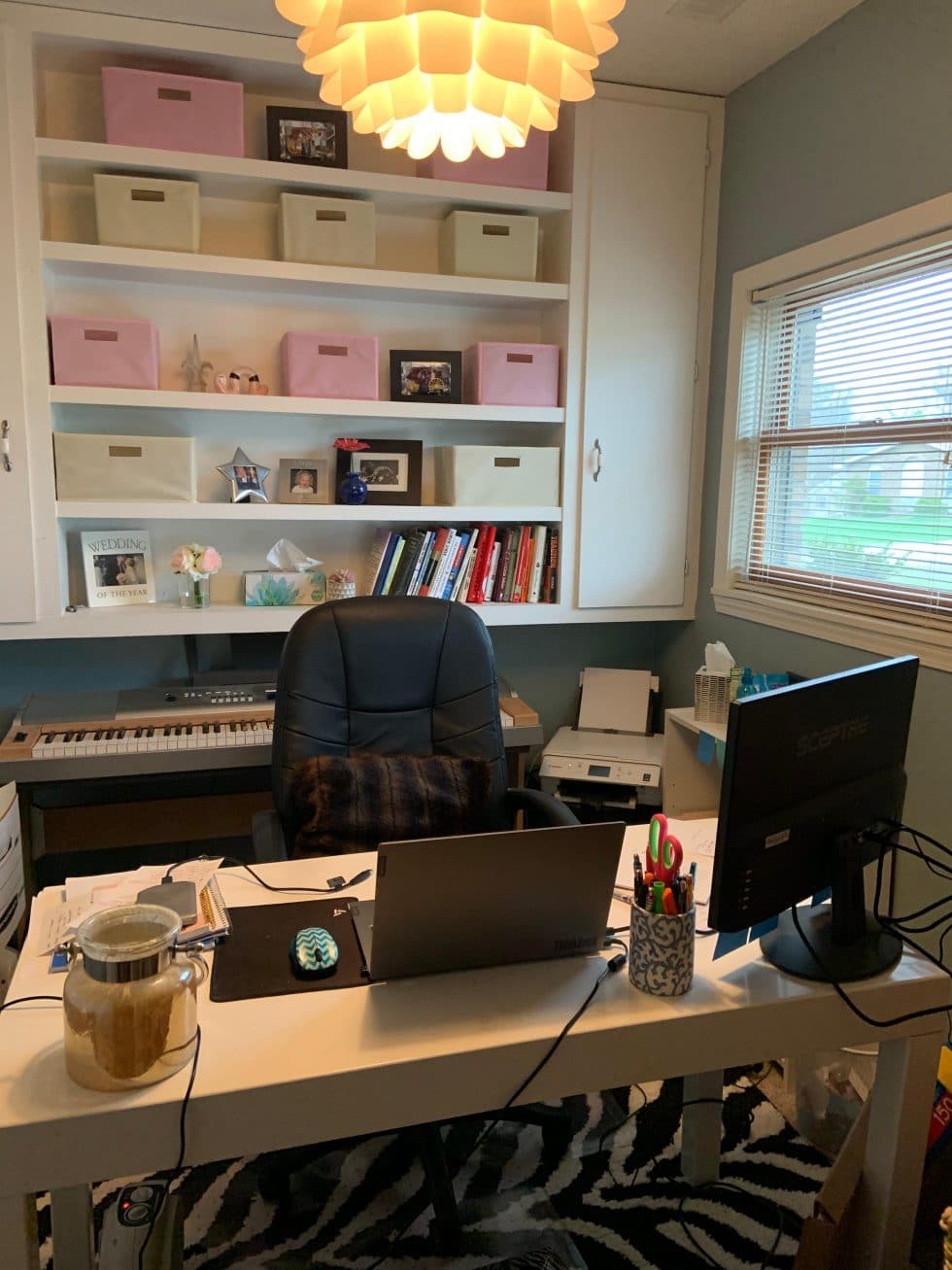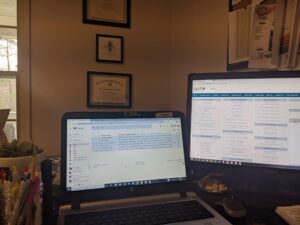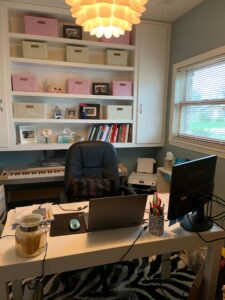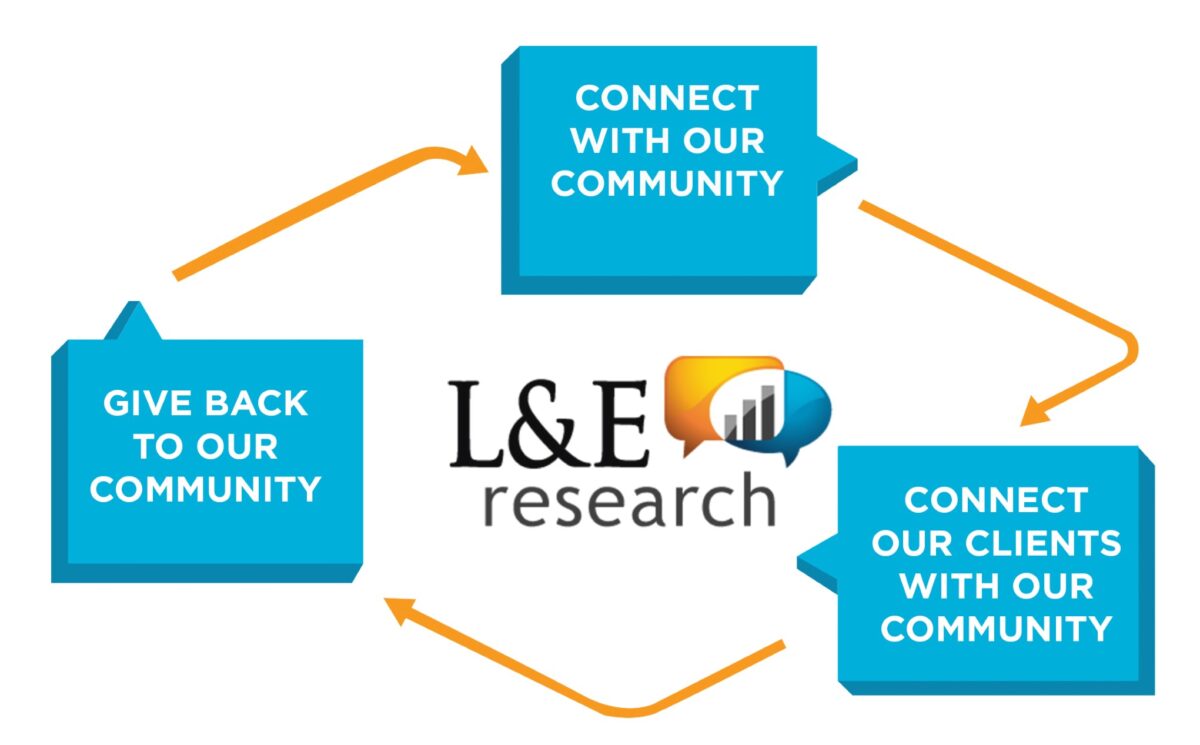
Webinar Summary
L&E Technology Partners – A Deeper Look at Qual Research Technology – Webinar held on February 20, 2019
As the first webinar in our 2019 series, we focused on bringing some of our valued technology partners to the forefront. L&E has the opportunity to see the tremendous value that working with these partners brings to our qualitative work every day, so we wanted to share what we know hoping that spreading the word about what these partners can do, will add some value to your work as well!
This was a very charismatic panel, as you could tell that they were all very passionate about what they had to say! We began by introducing Chad Reynolds, founder of Batterii. Chad practically grew up in consumer research, as he had the influence of his mom who worked for P&G for over 30 years doing product research. He spent a good part of his childhood testing all sorts of products from shampoo to potato chips! We’re all glad he survived, so that he could join us and tell us all about Batterii. Next up, we had Dave Pataki, Executive Vice President of Focus Forward. Dave had been with Focus Forward for over six years. Prior to that, Dave spent many years in the CPG industry, helping come up with innovative ways to grow either a segment or a product line in ways that were not always top of mind. Next, we had Colin Valdiserri, Co-Founder and CEO of Informed Decisions Group. Colin’s background is in consumer psychology and multi-variant methods. IDG was started about 15 years ago with the concentrating on generating non-traditional research methodologies, focusing more on behavioral analysis. Then we moved on to the always delightful Allie Putterman of LivingLens. Allie is the Business Development Director at LivingLens. Allie’s background has always been in market research, working from the segmentation side of things to new product testing, and now, on the tech side of things. Last but not least, we met Jared Nguyen, Manager of Research and Technology Services at Recollective. Jared’s background has been in both marketing and technology as a whole, and he has always been interested in ways to interact with technology He’s really been enjoying watching online qualitative research space evolve in the past couple of years.
In this webinar, we focused on learning more about our valued tech partners, and the services they provide.
Let’s find out what they can do!
We started by asking our partners a little bit about what their company does, followed by a feature that their platform or service offers that their clients get excited about.
- Batterii started out as a tech platform, realizing that working in innovation and research projects, there were two really big needs. The needs were collecting insights from consumers, and getting at the really interesting and intimate moments in their lives, as well as pulling all of that information together in a space were researchers and stakeholders can collaborate on it. When missions are launched, people tend to get really excited about what they can do when different communities or different populations are built out. They get really excited about the types of questions they can ask, and then follow that with being able to capture intimate video moments that can be shared in presentations.
- Focus Forward started in the transcription business in 2003. Transcription could be looked at then as a word document in different formats, edited and summarized from notes. What gets clients excited now is a new tool called Enhance. Enhance takes the transcript and syncs it up audio or video where you can actually use the transcript as more of an interactive tool.
- IDG focuses on shopper insights. Clients get most excited about the life-sized virtual aisle. The life-sized virtual aisle offers clients an extremely high 4k resolution screen in which can be touch-interactive, where participants can shop, take products off the shelf, turn them around, and look at them. The biggest advantage is not being locked into certain markets, the virtual aisle is portable, and can be set up anywhere in the world.
- LivingLens is the friendly tech company! They enable better, richer insight by turning video and other multimedia into stories, data, and insights. What gets clients really excited is the capture, analysis, and the storytelling capabilities that come out of that. The time that they can save working with multimedia content and the new types of data they can work with to gather insight from.
- Recollective is an online mobile community platform optimized for desktop and mobile access. Projects can be small and personal such as a three-day engagement with 10 participants up to 5,000 participants for a year or longer across the globe in multiple languages. Clients get excited about a diverse set of tools available, such as quick on-boarding, participant tools, abilities to screen them, and presenting activities to them. In that socialized or private environment, you can moderate and pull data for analysis. At the drop of a hat, a researcher can quickly build their project within the Recollective environment with intuitive tools, different methodologies, etc., which ultimately helps save time with analysis.
Next, we asked our partners what they feel their platform or service lends that provides something truly unique or different to the way their clients do qualitative.
- Batterii provides the ability to story-tell through an entire project in a very different way. Within the platform, you can create consumer-driven stories by being able to quickly jump through the walls of your room and show the actual videos we started with based on the consumer need. Here’s how the journey map was created around the pain points, here’s the 10 ideas that were created based off of that, then here’s the mission that was run where concept testing was done with different consumers, in a different market, who have the same need. Being able to tell the story all in one place has been the most powerful thing that separates Batterii from what is being done today.
- Focus Forward is now using Enhanced transcription where transcripts can be synced up with video or audio, allowing clients a more interactive experience with the process and the ability to jump right to the key points. Where before, the only choice was for a client was to read through a lengthy document to get to the point of what was really going on in the research. With Enhanced, in a matter of minutes, they can get to key words, highlight clips, can pull those clips for presentation purposes.
- IDG obviously can be used for the virtual aisles. Clients are also using in different ways such as creating menu boards for fast food restaurants. Rather than them having to mock-up menu boards, or make changes within the restaurant, they can use the virtual aisles for that, and make changes based off of their qualitative research. Another benefit is that eye-tracking can be added. Researchers can get a quick view as soon as the person is done virtually shopping to see what they noticed and didn’t notice.
- LivingLens can help deliver greater efficiency when working with video. From the moment a video comes in, it is automatically transcribed, from there, you have the ability to search the spoken work, find exact moments of emotion, exact moments of when a product is mentioned, etc. This really speeds the analysis process. LivingLens also help researchers tell great stories through using video. Show reels can be easily created from the video content making sure that their insight is memorable and delivered with impact.
- Recollective features an activity based engagement approach that offers a lot of flexibility in the way you design your research. You can easily use multiple methodologies, so whether it’s concept testing, shop alongs, or even a live chat session, all of the tools are there for you to review images, sort and rank, even engage with participants on the platform. The intuitive tools help you draw the entire community into content that you want them to see and interact with, and automation such as notifications and reminders help keep the process easy and running smoothly.
We then asked our partners what they may be able to find out using the data that comes from their platform or service, that they may not be able to using another platform or service.
- Batterii can take very loose questions and refine them down into a set of different activities. Missions can be created, and also follow-on polls. Several missions could be running in 10 different cities at the same time where different themes are popping up, from that there is the ability to quickly create a new mission in order to dig in a little deeper. The content coming back such as video, photos, poll data, gives the team the ability to create sketches or concepts that could solve a problem.
- Focus Forward, with the use of Enhanced transcripts, allows clients to get to the information that they need quickly and efficiently, so they may save time writing a report, or being able to use the content for a presentation, etc.
- While IDG does not actually produce data, it is the type of display used to deal with generic discussions and then collect data from other sources. What comes out of the virtual aisle, really depends on what is built into it. Behavioral data actually can be collected as participants interact with the virtual aisle. Moderators can know how many times something was picked up, whether they looked at the back of it, whether they put it back on the shelf, versus putting it into their virtual basket.
- LivingLens allows clients to use video across a variety of methodologies. Video provides additional layers of insight where you may be able to see someone’s environment, watch them interact with products, and most times, that is going to reveal more than they might not have thought to share with you.
- Recollective puts care and effort into designing data and content format to allow for seamless analysis across all areas of the platform by allowing to capture response in a number of different data formats. By keeping all of that under one roof, you can interact with the content immediately, and literally moderate and do analysis without even leaving the page.
Piggy backing on the last question, we asked our partners what kinds of tools they offer to make analysis easier on their clients.
- Batterii does image and video analysis, frame by frame. If you have to find logos, key words, objects, places, facial expressions, etc., it’s easy to quickly spot different themes and content.
- LivingLens removes the manual burden that comes with working with video. They leverage AI learning to speed up the analysis process of the content. They can also remove any language barriers for interpreting content in any language.
- Focus Forward, from a transcription standpoint, they are allowing clients to quickly get to where they need to go by taking human transcript and marrying it with audio and video at any given point in time.
- Recollective provides everything from word clouds to photos and video walls along with dynamic charts in a dashboard streaming format. Also, multilingual automatic video transcription that feeds directly into text analytics and data discovery tools.
- IDG’s biggest piece is the eye tracking they can provide in conjunction with the virtual aisle. Simply because moderators can talk about the different packages that are being tested, talk to the participants what they like and don’t like. Eye tracking helps convey information that a participant may not have been able to get across, such as what they noticed, what they didn’t.
For the last question, we asked our partners what they thought about AI and machine learning, and what impact they see them having on qualitative research.
- Colin of IDG shared that from his perspective, there have already been some advancements in terms of visual recognition. Something that used to have to be done on a frame by frame basis, can now be done using visual recognition, delivering results more quickly.
- Dave of Focus Forward shared that while AI has certainly made some advancements, it still has a way to go when it comes to transcription. Maybe ten years from now, but right now, nothing can replace the actual human transcript.
- Chad of Batterii felt that we’re still in an infancy stage when it comes to AI machine learning for qual research. However, down the road it will help add a much more human element to the work we’re doing by giving us more time to actually spend with people. A lot of emotional benefits that we’re not seeing just yet, but it’s coming.
- Allie of LivingLens shared that AI and machine learning are already driving a lot of the capabilities on their platform. An example would be by using object recognition during an ethnographic diary study, where a participant is shopping, we can pinpoint the exact moment that the shopper is at a certain place in the store. It really helps eliminate the need to watch through all of the content, or manually tag points. It’s still evolving, but it’s helping figure out how to work with qualitative research in a new way.
- Jared of Recollective felt that leveraging AI is about bringing efficiencies to things, and that there are elements of qualitative research that can only be improved with AI. Recollective is always looking to find those efficiencies, whether it just being time saved.
We hope you found this summary to be helpful! If you didn’t register for this webinar you can listen to this webinar in its entirety, or download a free, transcribed version by clicking here.

Be on the lookout for our next webinar, which will be in June 2019. If you can’t wait until then, you can always view our on-demand webinars. Don’t forget to subscribe to our blog so you can keep up with what is happening at L&E!
Until June!
Your Research Design Engineer at L&E,
Renee Wyckoff

